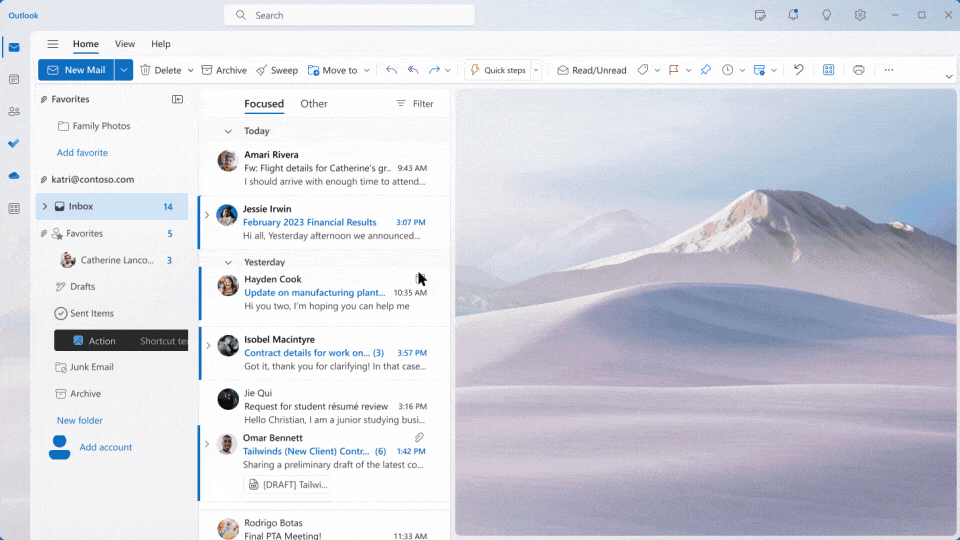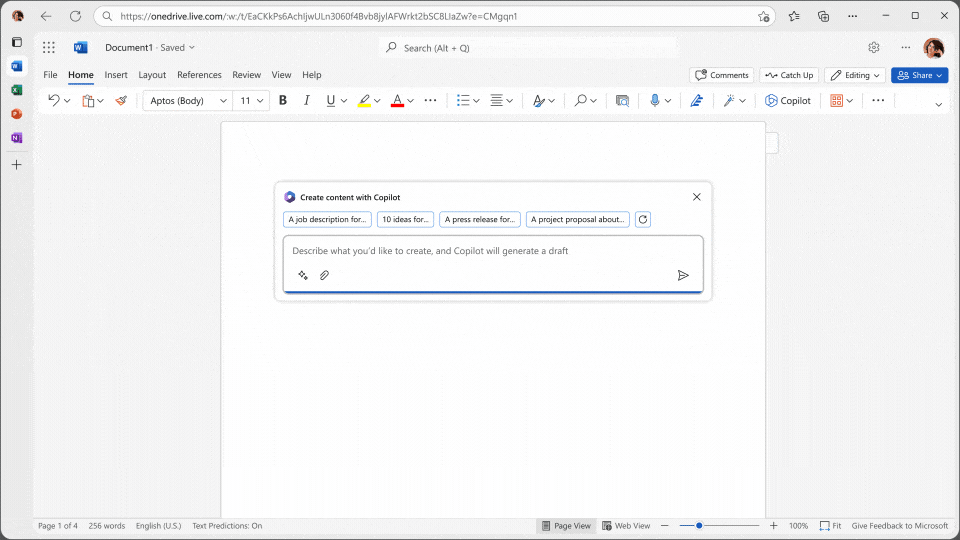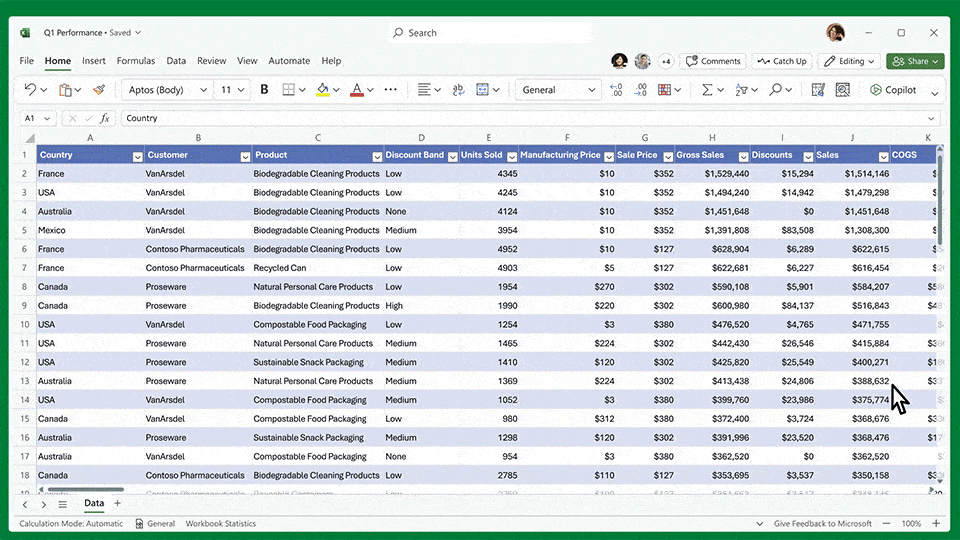Navigating a Cyber Incident: A Comprehensive IT Response Guide
In the realm of cybersecurity, the inevitability of facing a cyber incident demands a strategic and swift response. When faced with such an event, knowing how to navigate the storm is crucial to mitigate its impact on your orginisation. Let’s delve into the step-by-step actions that can be taken to effectively manage a cyber incident.
Isolation: Halting the Spread
The first critical step upon discovering a cyber incident is isolation. Swiftly identify impacted systems and isolate them from the network. Disconnect affected devices or networks from the main infrastructure to prevent further spread. Only power down devices if there’s no other feasible way to isolate them, keeping in mind that this might compromise potential forensic evidence.
Lockdown: Reinforcing Defenses
After isolating the network, the focus shifts to fortifying your defenses. Review and adjust firewall rules, disable unnecessary rules, and implement stringent access controls. Disconnect all site-to-site and end-user VPNs to prevent unauthorized access. It is also important to block all logins to services such as Microsoft 365 and any other platforms you work on until the investigation has started.
Restoration: Gradual Recovery
Once the network is secured, the process of restoration begins. Prioritize services to bring back online, initiate a backup restore into an isolated environment before the attack, and meticulously review and reset permissions, passwords, and accounts. This includes reviewing and securing elements like email rules, user logins, domain controllers, and antivirus solutions.
Ensure thorough security checks on all restored systems and services. Collaborate closely with the security investigation team to reinstate operations cautiously, verifying every step to ensure a return to normalcy.
Remember, a phased approach to restoration ensures meticulous attention to detail and minimizes the risk of recurrence.
Conclusion: A Strategic Response
Facing a cyber incident is a formidable challenge, but a well-prepared and systematic response can mitigate its impact significantly. It’s about isolating, fortifying, and gradually restoring operations while maintaining a vigilant eye on security measures.


